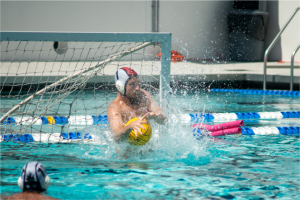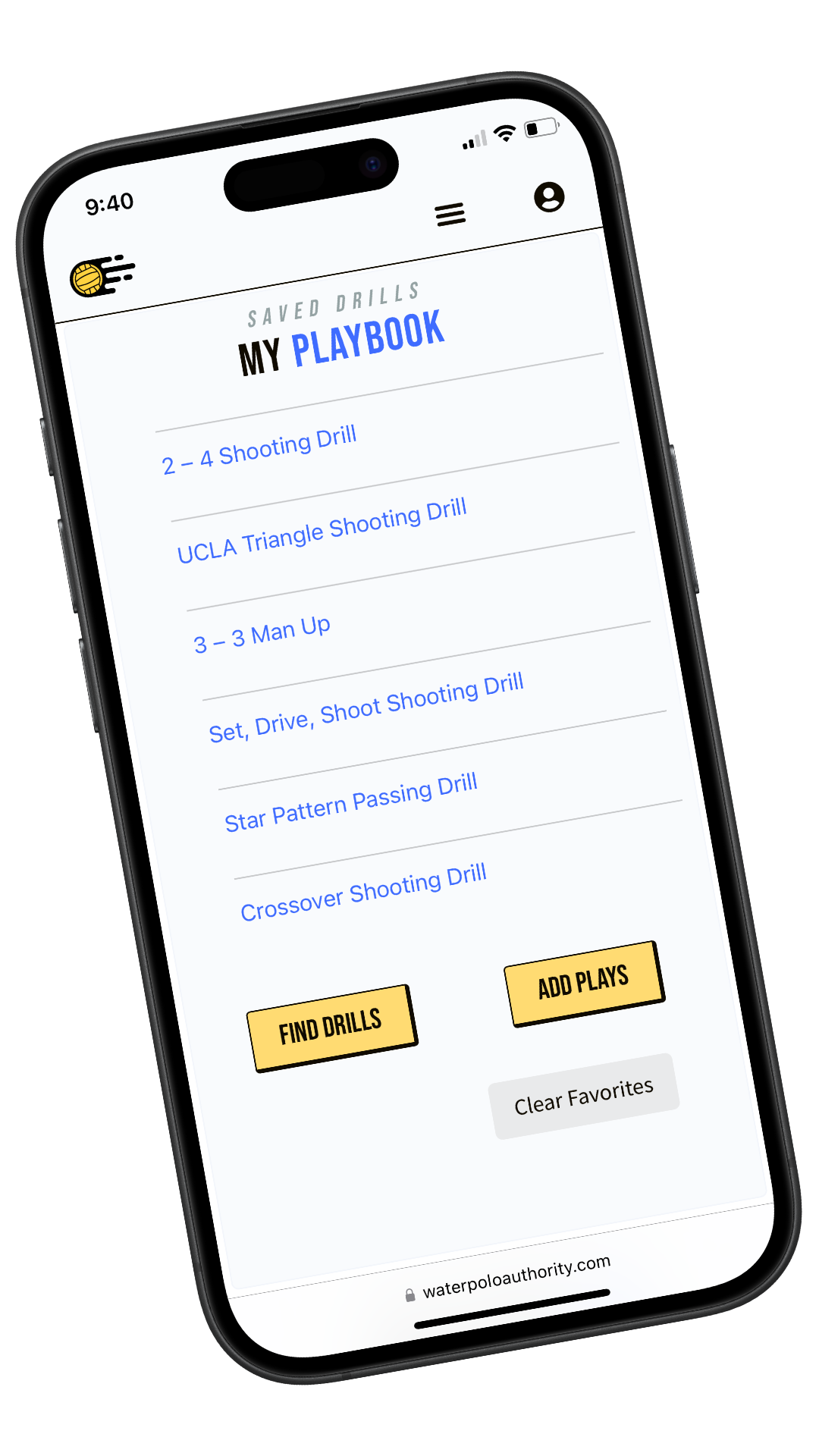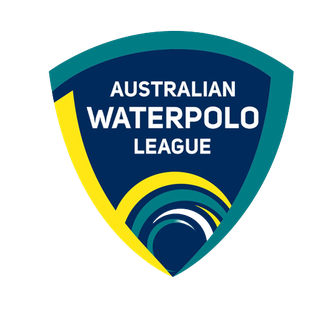
We interviewed pro water polo player Nathan Ellinthorpe from Australia’s Drummoyne Devils, the reigning champions of the Australian Water Polo League (AWP). The AWP, known as Australia’s premier domestic water polo competition, consists of 11 club teams, each with a men’s and women’s squad.
Nathan moved to Australia to continue his water polo career after competing for UC San Diego in college. His path is one many young players aspire to follow—playing in college and eventually playing at the professional level.
Read his story to learn about his background, water polo journey, and gain a glimpse into what it’s like to compete in Australia’s top water polo league.
AWL Overview, Teams, and 2024 Results
Question: Give us an overview of the Australian Water Polo League. How many teams are there? How is the season structured?
Answer: The Australian Water Polo League (AWL) consists of 11 teams. 5 of them are in Sydney. 2 in Perth. 1 in Melbourne, Brisbane, Newcastle, and Adelaide. Perth and Sydney teams have been the strongest since I’ve been in Australia but in the past Melbourne, Brisbane, and Newcastle were all dominant as well.
Games are played between Jan and April. Last year we played every team twice before splitting the league in half. The top division then competes for the final 5 spots in single elimination playoffs.
| Team | Wins | Losses |
|---|---|---|
| Drummoyne Devils | 19 | 1 |
| UTS Balmain Tigers | 17 | 3 |
| Sydney Uni Lions | 16 | 4 |
| UNSW Wests Magpies | 15 | 5 |
| ACU Cronulla Sharks | 12 | 8 |
| UWA Torpedoes | 9 | 11 |
| Fremantle Mariners | 7 | 13 |
| Griffith University Queensland Thunder | 6 | 14 |
| Hunter Hurricanes | 4 | 16 |
| Victorian Phoenix | 4 | 16 |
| FYFE Adelaide Jets | 1 | 19 |
Playing Water Polo After College
Question: What team do you play for? What position do you play? What’s your water polo background?
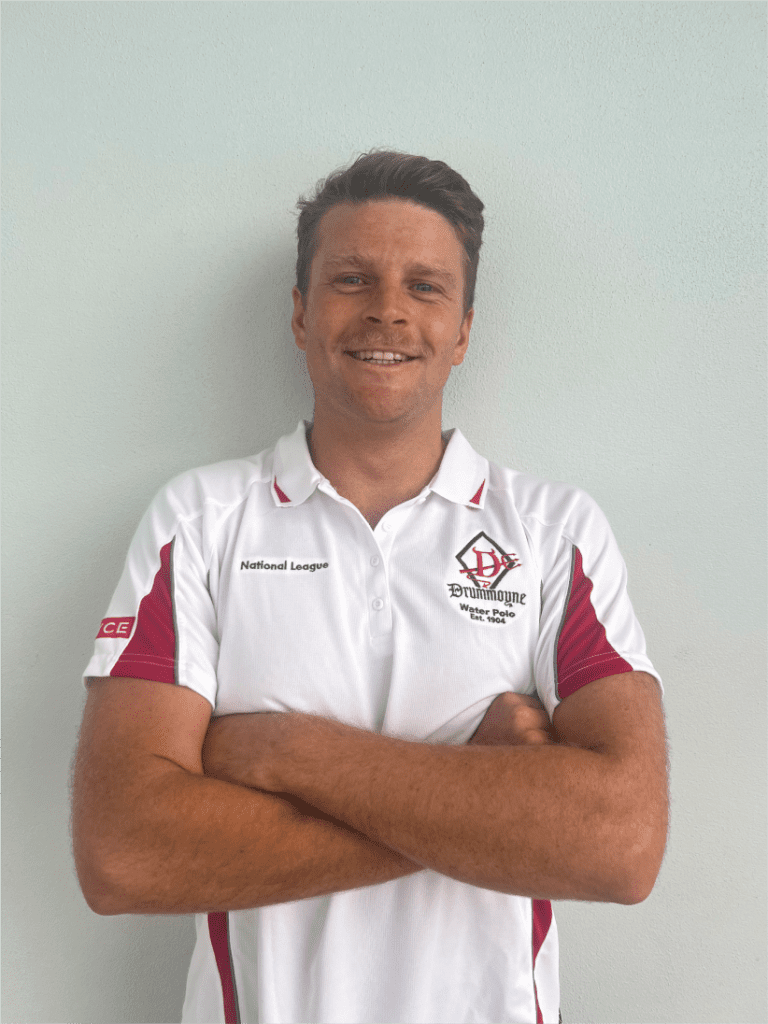
Answer: My name is Nathan Ellinthorpe. I’m currently playing for the Drummoyne Devils. I’m a Driver/Attacker. I like to shoot the ball. I grew up playing for United in Long Beach, California. I joined the sport because my older brother started playing with his surfer friends.
When I moved to Sacramento, California for high school I kept playing for Sacramento Water Polo Club and eventually Granite Bay Water Polo. After that I attended and walked-on the team at UC San Diego. Played for the Tritons for 3 seasons (Covid). After college I moved to Australia because I couldn’t stand the thought of my playing career being over! 2 and half years later and I’m still here.
Competing in Australia 🇦🇺
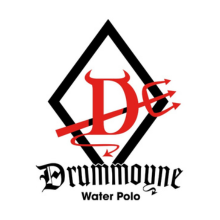
Question: Share some information on your training schedule.
Answer: My team trains 3 times a week. Practice’s are fairly simple. It’s an experienced group of adults mostly looking to get/stay in shape and build chemistry with each other. We mostly swim, pass, shoot, scrimmage, and do extra man. Then we also do more particular skill-work and game prep leading up to specific games.
Question: How is water polo in Australia different from playing in other countries?
Answer: I’m not sure how different this is from many places in Europe but water polo in Australia has a rich history. The club I play for just celebrated it’s 120 year anniversary. Australians are deathly competitive but love the social aspect of the community as well. There’s also some iconic natural pools that we get to compete in. Look up the Dawn Fraser Baths, the Bondi Icebergs, and Gunamatta Bay! Drummoyne Olympic Swimming Center is pretty flash as well.
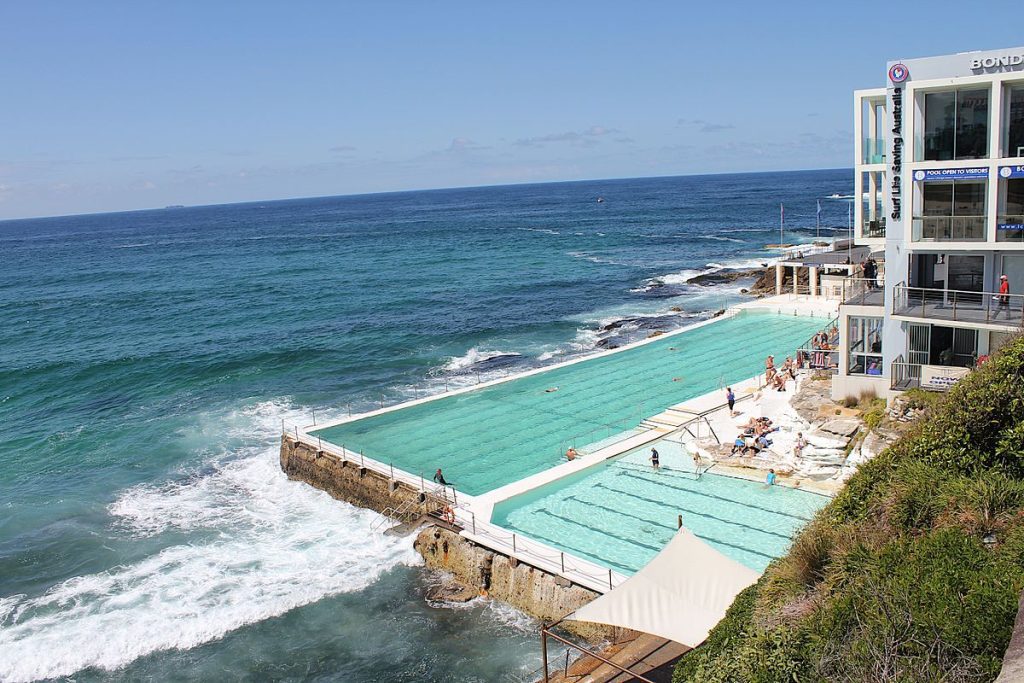
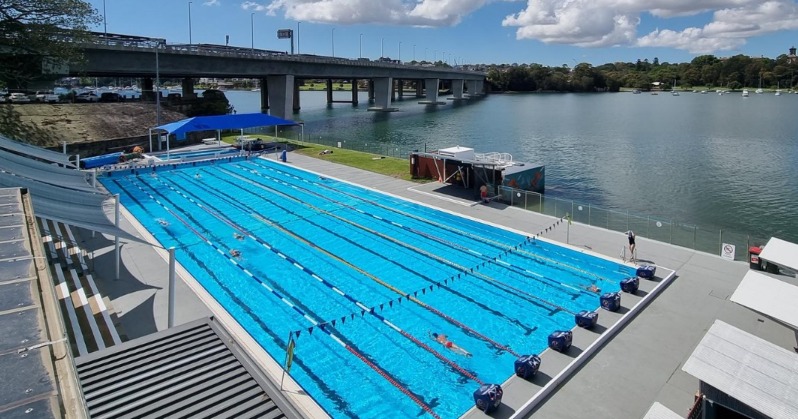
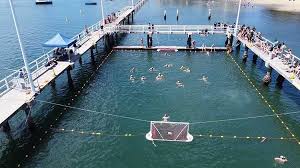
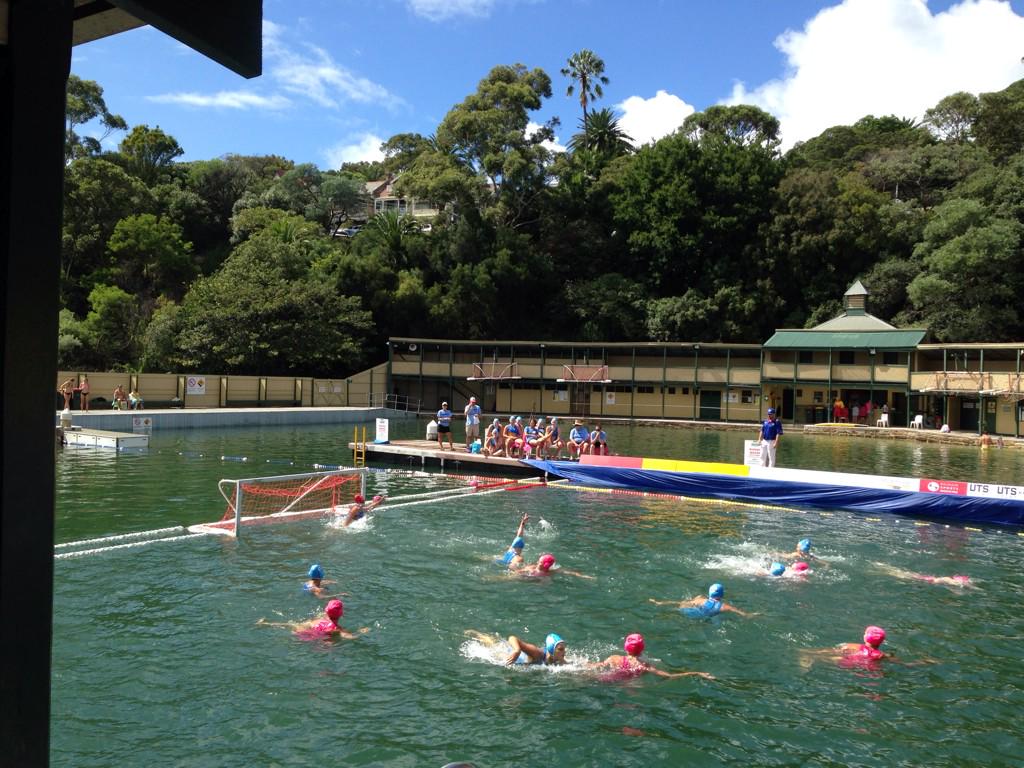
Question: What are some of your favorite moments from playing in Australia’s professional league?
Answer: Last year my club had some amazing success. We won the Sydney Super League, 2nd Division Sydney League, and the AWL! Winning the National Championship was definitely the greatest moment.
Watch the championship moment here: Drummoyne Devil’s Championship Win over Sydney Uni Lions
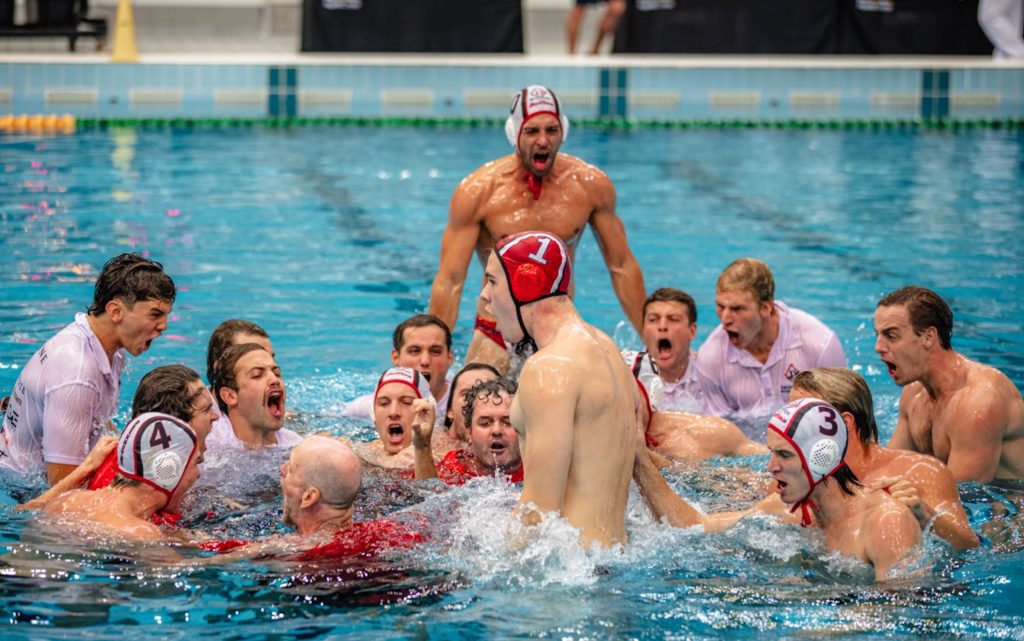
Growing the Sport of Water Polo
Question: In your opinion, how can water polo gain more popularity and visibility on an international scale?
Answer: I’ll be writing about this soon on Water Polo Weekly! Solutions aren’t simple but I think we need to be as clear as we can about the problems. This isn’t anything new to say but the sport is too complicated. People not involved in the sport should be able to understand what is going on. I’m also open to some of the new rule changes just proposed by the rulers of water polo. Changing the course to 25 meters could be really great for the sport. 30 meters makes the bar for fitness too high and excludes many potential competition pools.
Question: What advice would you give to younger players that want to play professionally one day?
Answer: I’ll be writing about this as well on Water Polo Weekly! How to get a spot on a team playing abroad. My advice is to build your water polo network. One day you may get an opportunity based on the impression you’ve made on people in the water polo community.
Nathan shares his stories and perspective on Water Polo Weekly, a resource for anyone that wants to learn more about water polo.
